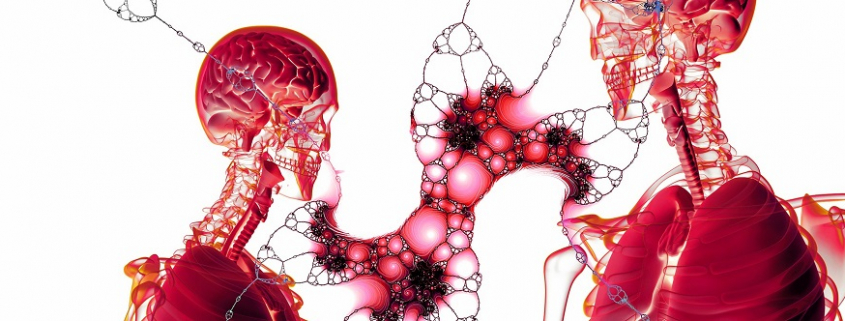Designing human-AI hybrids will be at the center of the future of work
The future of work is not about AI replacing humans. It is about designing work so that machines and humans are complementary, not substitutes.
As described in my Humans in the Future of Work framework, there are a number of uniquely human capabilities that can be brought together in a wealth of roles that transcend what machines can do on their own.
This means that in designing the future of work, we need to have a keen focus on human-machine complementarity.
Panos Constantinides of University of Manchester has created an interesting typology for creating what he describes as “human-AI hybrids”.
Task substitution
AI is a substitute for humans
Constantinides offers virtual assistants as a prime example of task substitution, though there are of course many others including potentially driving, credit risk assessment, and other workflow tasks.
Task augmentation
Humans and machines complement each another
Task augmentation is far from new, with tools as simple as spreadsheets augmenting the capabilities of many professionals for decades now, however with the rise of AI far more complex possibilities emerge, such as providing alternative designs for architects or engineers, doing first pass translation for human interpreters, or in some cases humans providing ethical lenses on top of machine systems.
Task assemblage
“AI and humans are dynamically brought together to function as an integrated unit”
This kind of hybrid is earlier in its development, but is already present in robot-assisted surgery in which micro-tasks in the operation process are dealt with respectively by humans and machines, or in audit or legal processes where AI performs the routine aspects but draws in to qualified professionals where judgment is required.
The key point is that those who are effectively creating the future of work by building productie organizations must start from a mentality of designing work so that humans and AI are complements – or hybrids – rather than seeking to replace human jobs and roles with automation.
We will of course need to educate workers so they can be effective complements to machines, through both skill and attitude. Those who are best at working within hybrid systems will have the most opportunities.
AI is here to stay and its capabilities will increase. It is not a race against machines, it is about creating work where humans and machines together create massively more value together than they can do apart.



